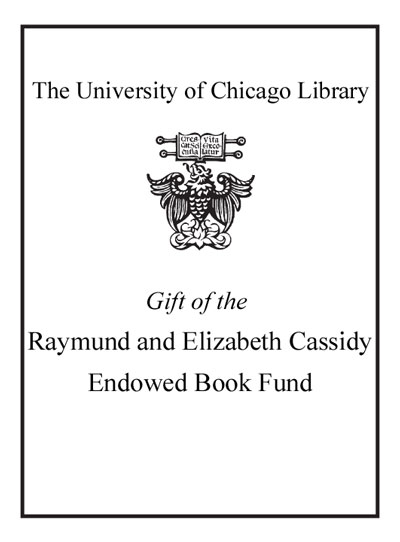Review by Choice Review
"To know more about earlier buildings is to know who we are, what we build and why." As one of her goals, photographer Gordon set out to discuss the architecture of colonial Florida, defined as ending with statehood in 1821. She conducted exhaustive international period research relative to colonial Florida; the end product is a well-written book sprinkled with well-placed illustrations, many historic. However, it is the error in the details and the lack of current research that sours the book and perpetuates misinformation. Early Florida architecture--missions, haciendas, plantations, forts--is vernacular, as Gordon demonstrates through styles and local materials employed. Chapters are devoted to these types and materials; in fact, chapter 5 focuses on a local limestone, coquina. Yet, other forms of important masonry such as tabby are found only by consulting the index. Other chapters are incongruous. Following a chapter on plantations, an entire chapter discusses Kingsley Plantation, established only 30 years before the cutoff date, 1821. The State of Florida has designated this book as the first in the "Florida Heritage Series," though future authors with broader training and experience might better enhance the series. General readers. L. B. Sickels-Taves Eastern Michigan University
Copyright American Library Association, used with permission.
Review by Choice Review

